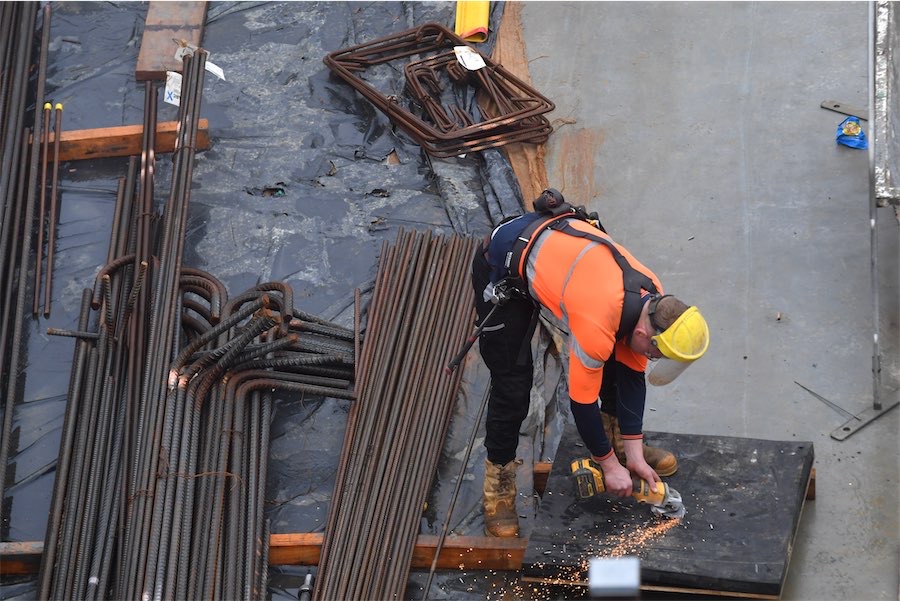
By Poppy Johnston in Canberra
Slightly fewer jobs were created last month than expected but with most of those full-time and the unemployment rate tracking sideways, economists say the labour market is still in good shape.
Thursday’s official employment figures were preceded by Reserve Bank of Australia governor Michele Bullock’s remarks on the strength of the labour market, underlined by employers still struggling to fill roles and more vacancies relative to pre-pandemic.
The headline results from the Australian Bureau of Statistics labour force report were mixed, with the 15,900 employment increase in October falling short of the 20,000 gain pencilled in by forecasters.
The result halted a six-month run of above-expectations job creation, with economists repeatedly surprised by big employment gains even as inflation and higher interest rates slowed the economy.
While job creation numbers slightly underwhelmed, most of the new gigs were full-time.
Elsewhere in Thursday’s numbers were other signs of labour market resilience, including the unemployment rate, which clung on at 4.1 per cent for a third month in a row.
The result was in line with expectations.
Economists also highlighted declines in underemployment and youth unemployment as signs of ongoing labour market strength.
National Australia Bank economists pushed back their forecasts for interest rate cuts from February to May following the job numbers.
“While we expect rates will move lower over time, because the RBA’s policy stance is only modestly restrictive there is little urgency to adjust policy settings while both inflation and the unemployment rate are evolving gradually,” NAB economists Gareth Spence and Tapas Strickland wrote in a note.
They said the RBA chose not to take interest rates as high as its peers.
“As other central banks have moved to cut rates, that divergence is narrowing,” the note read.
“For Australia, the cutting phase will be later and ultimately shallower.”
Speaking at the ASIC Annual Forum ahead of the labour force numbers, the RBA governor described the current interest rate setting of 4.35 per cent as “restrictive enough”.
“We think we’re restrictive enough and we’re going to stay restrictive enough until we think we’ve definitely got that downward trajectory into the band,” Ms Bullock said.
She took the opportunity to explain why demand for labour was still so strong despite weak GDP readings, using the construction industry to illustrate her point.
“Demand for building isn’t growing, so commencements and commitments aren’t particularly growing particularly strongly, but we’ve got this big backlog of work that needs to be done,” Ms Bullock said.
“There’s a shortages of trades, inflation in housing construction is still running at about five per cent per annum.
“This is a demonstration that even though demand isn’t growing very much, you’ve got a level of demand which still can’t be met by the ability of the construction industry to supply it.”
Population growth was also contributing to rapid job creation, she added.
Who can be trusted?
In a world of spin and confusion, there’s never been a more important time to support independent journalism in Canberra.
If you trust our work online and want to enforce the power of independent voices, I invite you to make a small contribution.
Every dollar of support is invested back into our journalism to help keep citynews.com.au strong and free.
Thank you,
Ian Meikle, editor





Leave a Reply